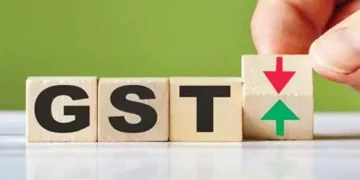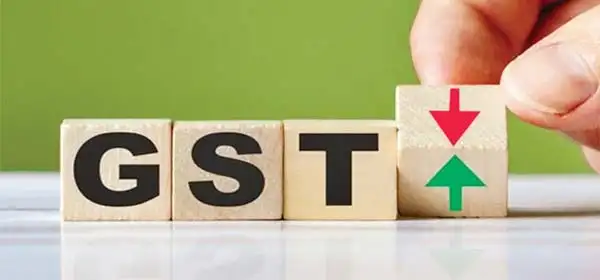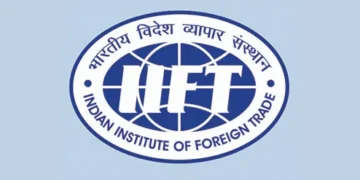Blitz Bureau
NEW DELHI: THE Government has unveiled a comprehensive blueprint for the next generation of GST reforms, with a primary focus on simplifying the tax structure, boosting consumption, and enhancing fiscal health. The ambitious proposal, which includes a new two-tier tax slab system, is expected to be implemented as a ‘Diwali gift’ to the nation, with a rollout slated for between October and November.
The reform agenda, which is centered on the principles of structural improvements, rate rationalisation, and ease-of-living, aims to create a more efficient and transparent tax ecosystem. According to a Finance Ministry statement, the changes are designed to benefit all sections of society, particularly the common person, farmers, and the middle class, by reducing the tax burden on essential goods and services.
Two-tier slab system
The centerpiece of the proposal is the rationalisation of the existing four-tier GST slab system (5 pc, 12 pc, 18 pc, and 28 pc). This will be replaced by a streamlined two-tier structure.
The 5-pc slab will cover merit goods and daily-use essentials, a move that is expected to make items like food and certain medicines more affordable; and 18 per cent will be the standard rate for a wide range of goods and services, including most items currently in the 12 pc and 18-pc slabs. The bulk of goods in the highest 28 pc-slab are also proposed to be shifted to this category.
To ensure fiscal stability and maintain tax on harmful products, a new, higher 40 pc slab is proposed for ‘sin goods’, such as tobacco and pan masala. This will ensure that the tax incidence on these items remains unchanged. The current special rates for precious goods like gold (3 pc) and rough diamonds (0.25 pc) will remain untouched.
A key structural reform is the correction of the inverted duty structure, a long-standing issue where the tax on inputs is higher than on the finished product. By aligning input and output tax rates, the Government aims to reduce the accumulation of input tax credits, thereby promoting domestic value addition and supporting local manufacturers.
Furthermore, the reforms aim to minimise classification-related disputes that often lead to legal battles and uncertainty for businesses. The simpler, two-tier structure will provide clarity and stability.
Foundational pillars
The Government is also focused on improving the overall taxpayer experience. Efforts are underway to make the registration process for new businesses, especially MSMEs and startups, seamless and technology-driven. The new system will feature pre-filled returns that will simplify the filing process, reduce manual intervention, and minimise data mismatches; and automated refunds. The Government’s proposal, anchored on these foundational pillars, has been shared with the Group of Ministers (GoM) for further discussion. With the end of the compensation cess period, the GST framework has greater fiscal space, providing the flexibility needed to implement these ambitious reforms and pave the way for a simpler and more efficient tax regime.
































